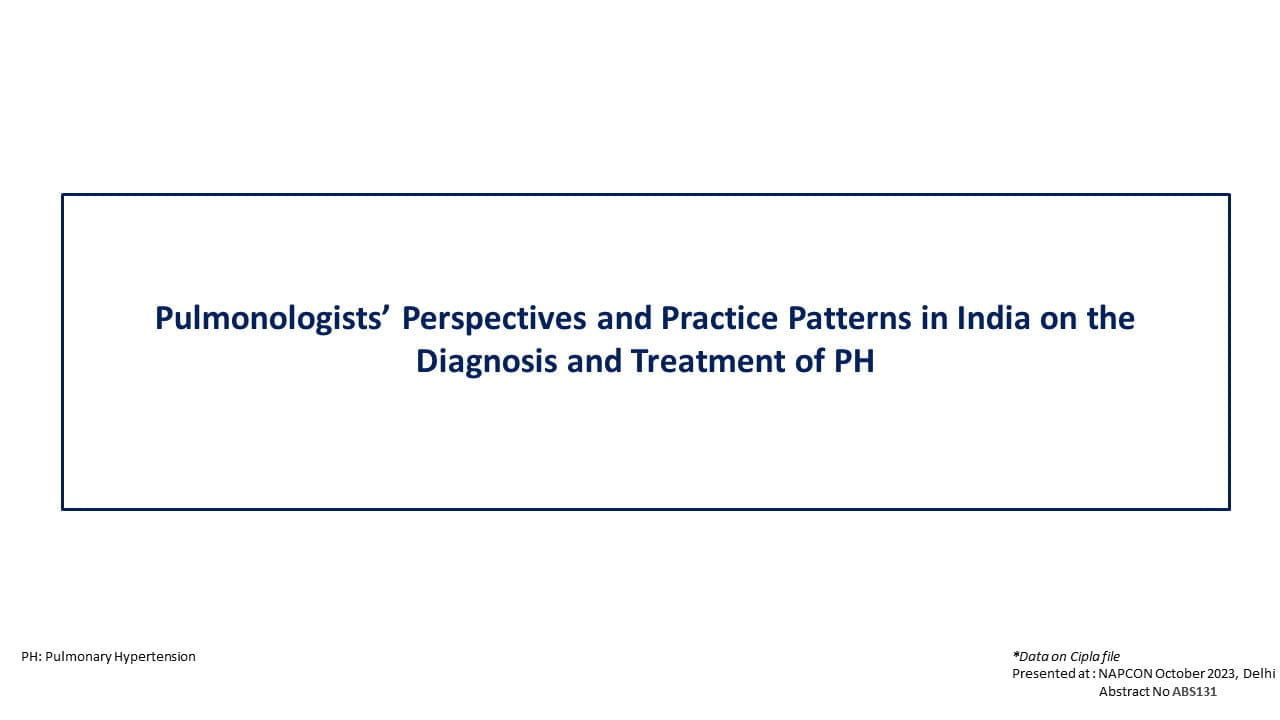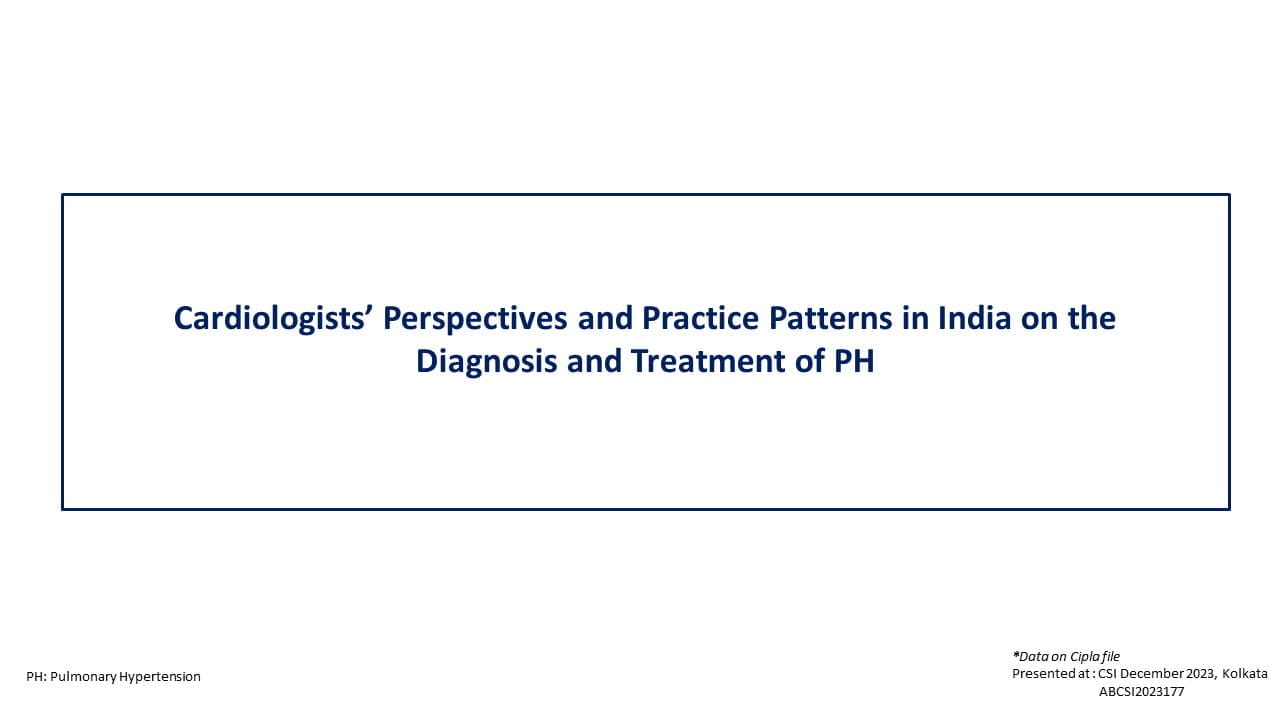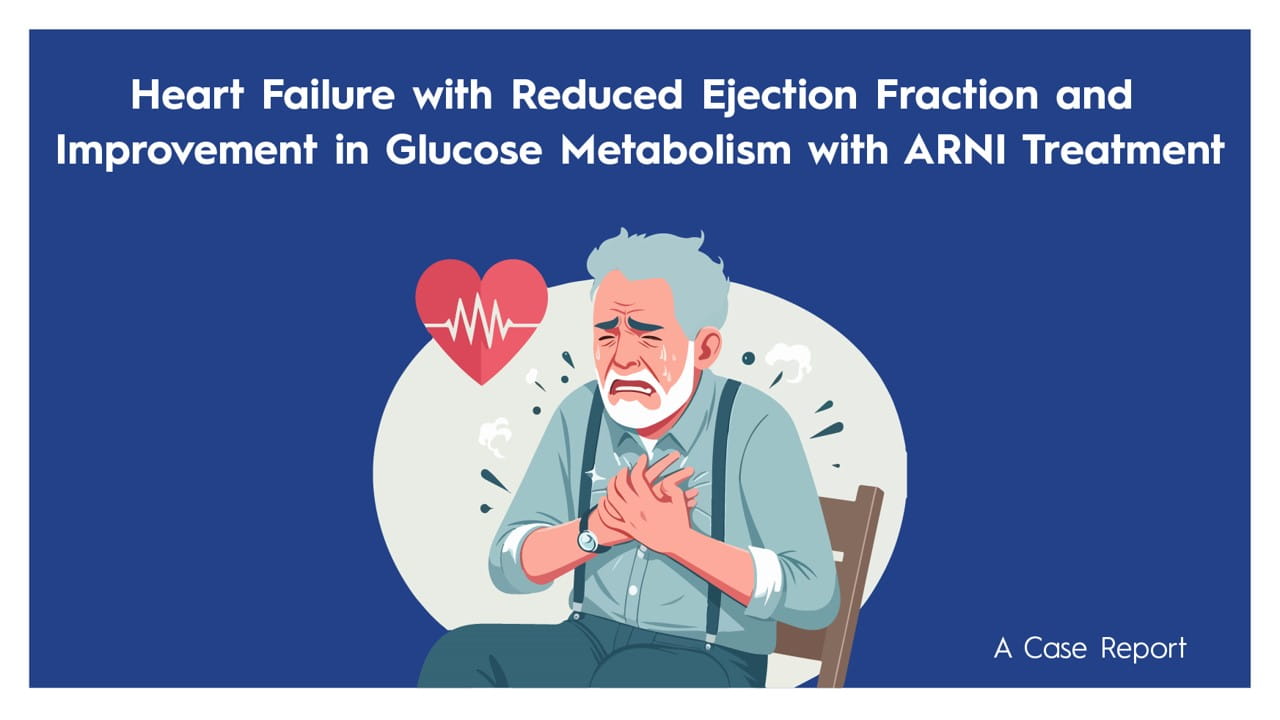ACC 2023: A Global View of Peripheral Artery Disease and Treatment of Critical Limb Ischemia - A "Global Health Spoken Here" Session
The session highlights the global burden of peripheral artery disease (PAD), strategy for Chronic limb threatening ischemia (CLTI), policy for reducing limb amputations, ACC/AHA PAD Guidelines and the need for a National Action Plan.
It is important to discuss the global burden of PAD, as the primary cause of death from PAD is unusual. It is usually associated with vascular components, infection or surgical complications. The risk factors for PAD include history of cardiovascular disease, C-reactive protein levels, diabetes, hypertension and current smoking status are strong predictors of PAD. Studies based on population in different income groups have demonstrated that there was a 30% increase in PAD case worldwide in the high income groups (2000-2010)The disability-adjusted life years or DALY’s were very high (30-40) in Western and Australia, Europe, Western Europe, North America and Europe and it was less in low income countries. As countries become urbanized and industrialized, there will be a number of variables that will contribute to an increased risk, including obesity, diabetes, hypertension, and low exercise.
In CLTI management, the BEST-CLTI trial demonstrated the benefit of endovascular therapy. The trial was an open-label, superiority trial whose goal was to compare the clinical effectiveness, functional outcomes and cost in patients of best endovascular therapy with best open surgical treatment in patients eligible for both treatments. The primary endpoint was all-cause death and major adverse limb event (MALE) which consisted of- above the ankle amputation or a first, major intervention. A major intervention was defined as a new bypass, a surgical interposition graft or surgical thrombectomy or thrombolysis. In the bypass group, there were 307 femoral-popliteal procedures, 115 popliteal-tibial/Pedal procedures and 276 femoral-tibial/pedal procedures. In the endovascular group, there were 487 superior femoral artery interventions, 382 popliteal artery interventions and 381 Tibial/pedal artery interventions. In subjects with an available (Infringingly Single Segment Great Saphenous Vein) SSGSV cohort randomized to open surgical revascularization, there was a statistically significant difference in the event rates between the surgical group and the endovascular group. The lower event rate in the surgical group was by about 10.3%, which was statistically significant at a median follow up of 2.7 years. The primary driver for this was major re-intervention which mostly constituted a failure of the vascular arm or technical failure. There was a statistically significant difference with respect to the primary endpoint of ankle amputation with a 3.3% difference at a median follow-up of 2.7 years in favor of surgery. In conclusion, both surgical and revascularization are effective and safe in CLTI. Bypass with adequate saphenous Vein is a more effective strategy for patients deemed by the operators to be suitable for both approaches. The patients who are candidates for limb salvage should undergo an evaluation of surgical risk and conduit availability on the basis of this trial and bypass with adequate sharpness. (*Study group 2 was discontinued due to financial constraints)
Limb amputation has a considerable impact on disease prognosis, medical cost and quality of life of patients. Studies on patients with PAD with or without amputation demonstrated a 3-year mortality of 48% in patients with amputation. Considering the impact of leg amputation as well as concerning temporal trends, a policy statement was issued by American Heart Association stating that many stakeholders should get together to tackle this concerning issue of leg amputation. The stakeholders that are relevant in this statement are payers, research communities, health care providers, health care systems, policy makers, patients and caregivers and the general public. The legislative regulatory policy guidance states that ankle brachial index (ABI) should be reimbursed consistently across states. Quality performance measures such as statins, smoking cessation and diabetes management should be implemented. PAD should be acknowledged by Government reports. Funding agencies should have dedicated grant opportunities to support PAD research. Organizational policies should be implemented to guide clinical decision making. Resources should be available for evaluating and managing patients with PAD. Clinical decision support should be considered and implemented to support health care providers and as a foundation to professional education. It would be essential to increase the awareness of PAD among patients and their families. In conclusion, non-traumatic lower extremity amputation is a devastating complication. There is a resurgence of amputation rates, especially in patients with diabetes, is a real concern. There is a considerable opportunity to improve the care of patients with PD and reduce the risk of a limb amputation.
The 2005 PAD guideline has a long history, multispecialty collaboration and had a major impact on vascular awareness, education, and patient care. The guideline had a focused update in 2011. The 2016 PAD guidelines focused on lower extremity with a comprehensive approach across the disease spectrum. It involved nine other organizations in collaboration with the American College of Cardiology and American Heart Association. PAD remains to be under-recognized, undertreated and associated with a high burden of morbidity and mortality globally. The goals of therapy for patients with PAD include improving function, quality of life, and preventing amputation. There is an opportunity to create a new multi-societal document that will reflect the latest evidence and will define the modern standard of care for patients with PAD. The scope of the current guideline is atherosclerotic PAD of the lower extremities which will comprehensively cover the various clinical manifestations of PAD from the earliest stages to the most advanced. It will include medical therapy, interventional therapy and surgical therapies. The statements are based on a comprehensive literature review from studies published between October, 2020 and June, 2022 with incorporation of new evidence, published through January, 2023.
The PAD National Action Plan was based on a community awareness study that was sent to patients and consumers to ask them about their awareness about cardiovascular disease. It was found that the awareness was very low (60%). The challenges associated with PAD are low awareness of the disease, its impact, methods of prevention and treatment and low use of ABI in high-risk patients. The development of the National Action Plan was done in conjunction with input from 25 stakeholder organizations. There are 6 main goal areas which include public awareness, detection and treatment of PAD, research, professional education, public health and advocacy. Public awareness helps reach people with PAD as well as those at risk for PAD. Professional education is for a multidisciplinary group of providers. Detection and treatment activates health care systems to provide enhanced programs for the detection and treatment of PAD patients with a focus on understanding and addressing patient centered outcomes. Public health to reduce the rates of non-traumatic lower extremity amputation related to PAD through public outcome reporting and public health interventions. Increased research helps to better understand prevention, diagnosis and treatment and advocacy helps to develop resources to train PAD volunteers as advocates.
American College of Cardiology (ACC) International Congress 2023, 4th March - 6th March 2023, New Orleans




